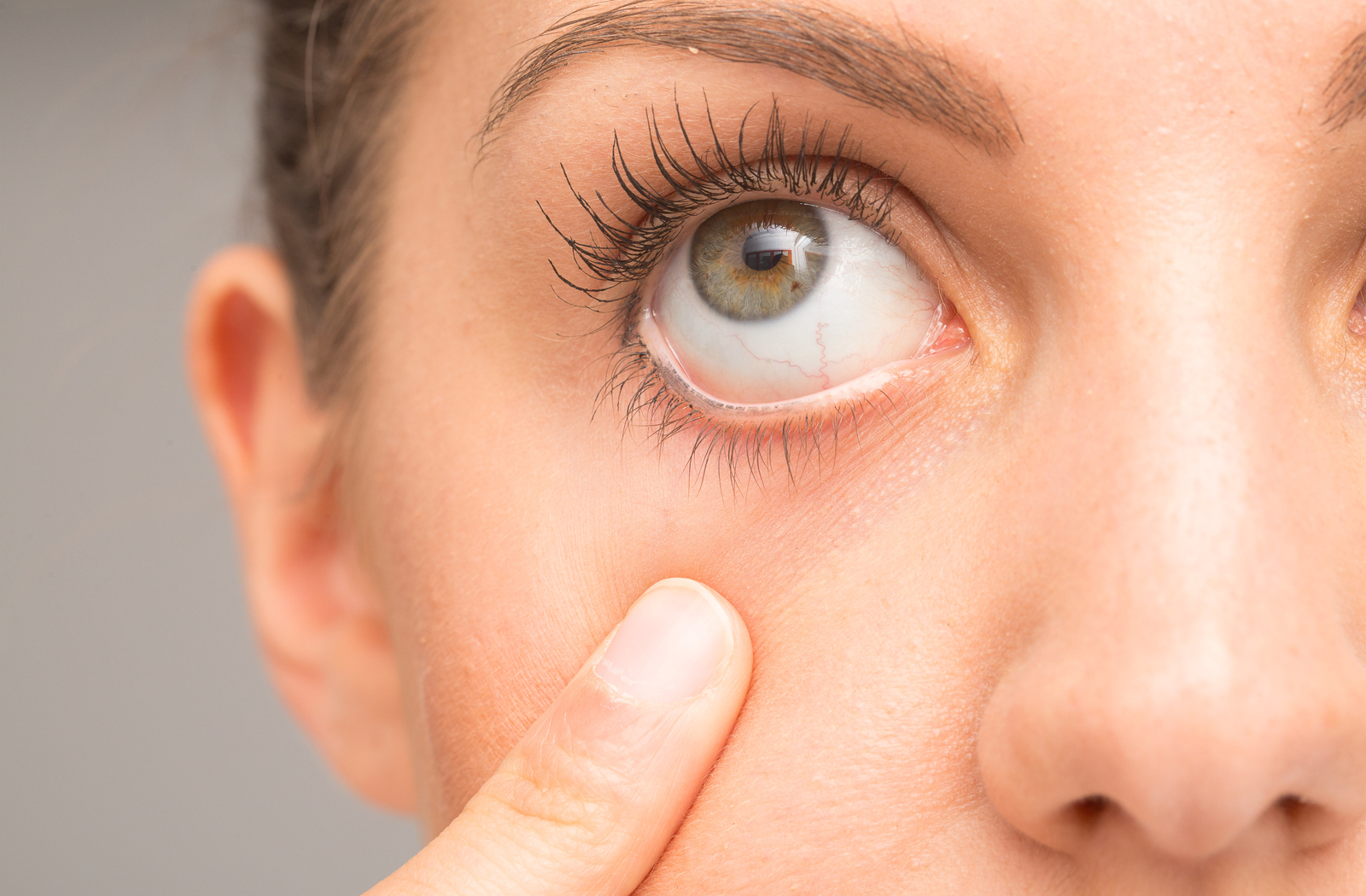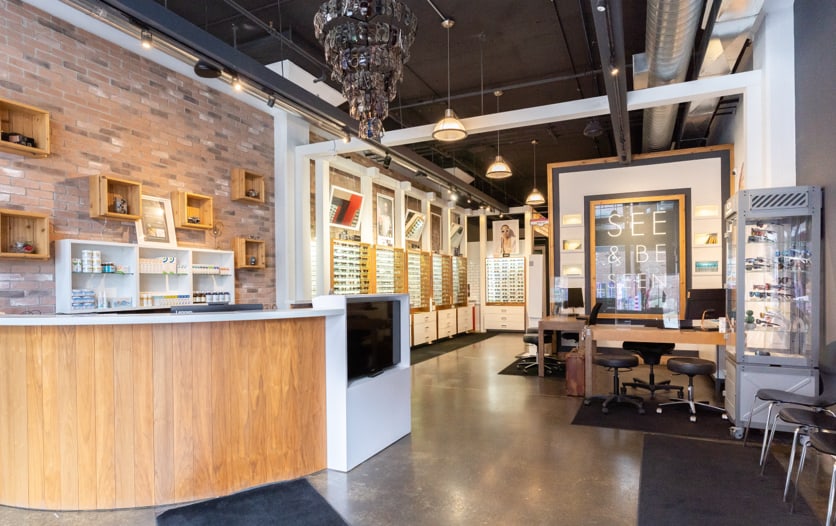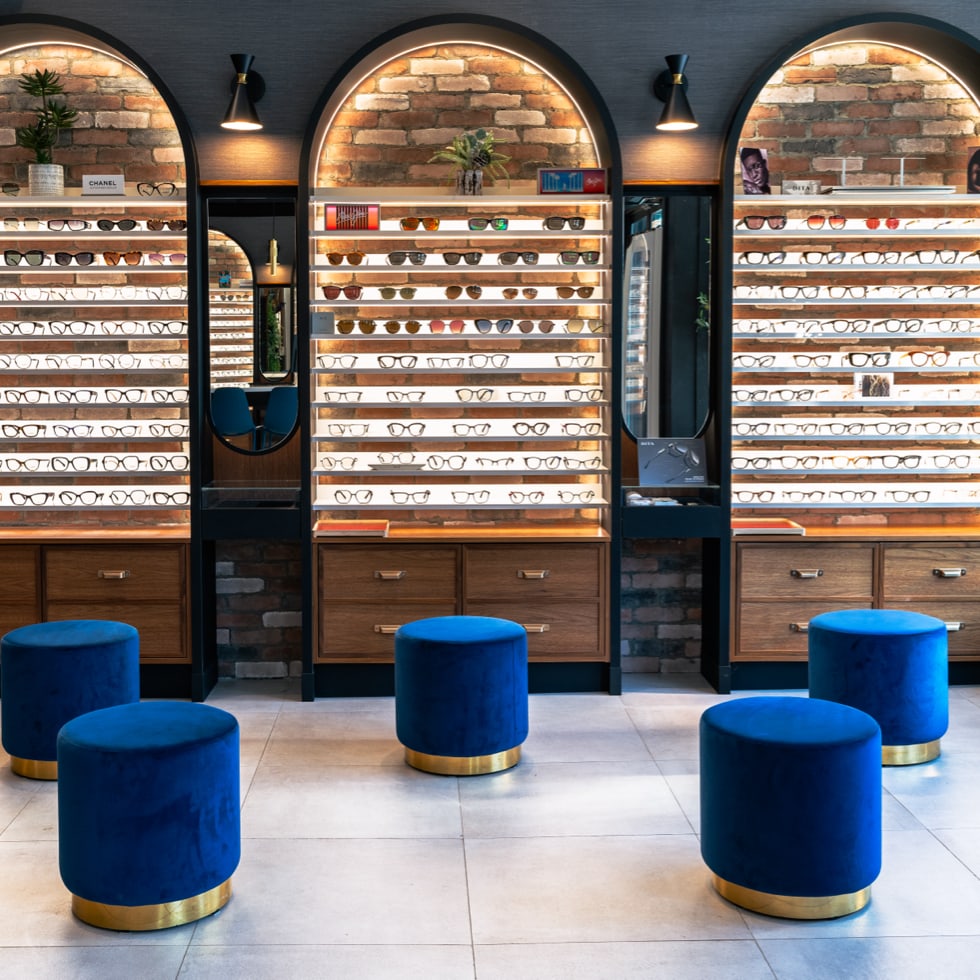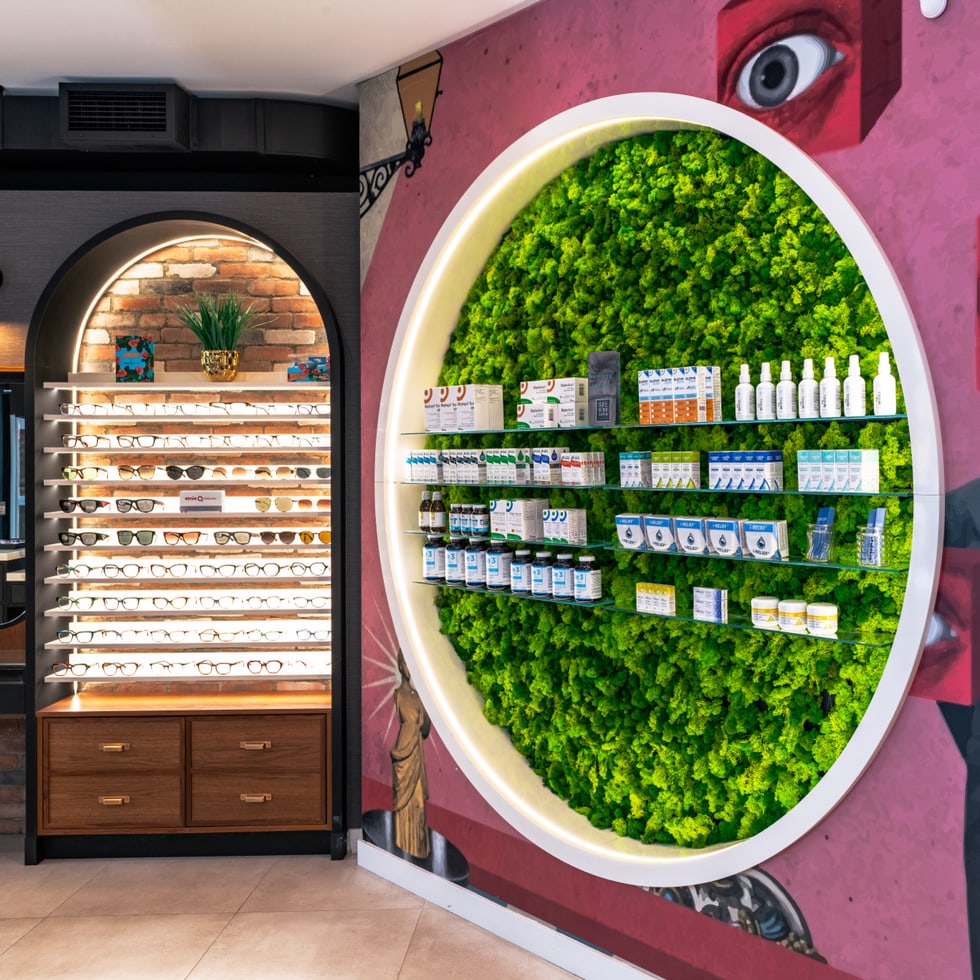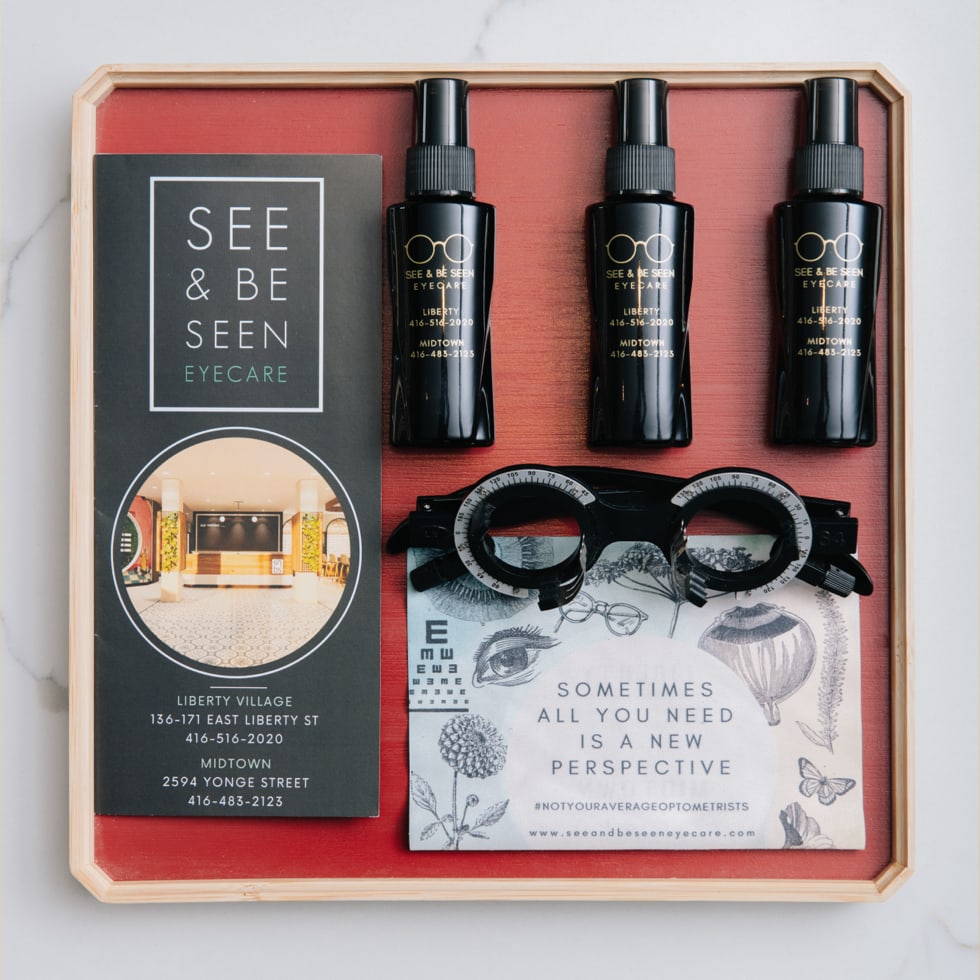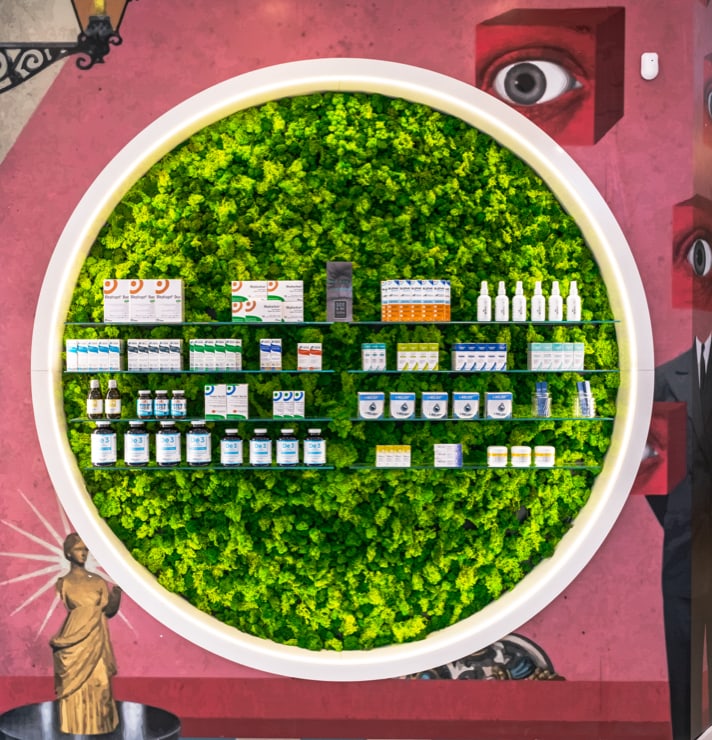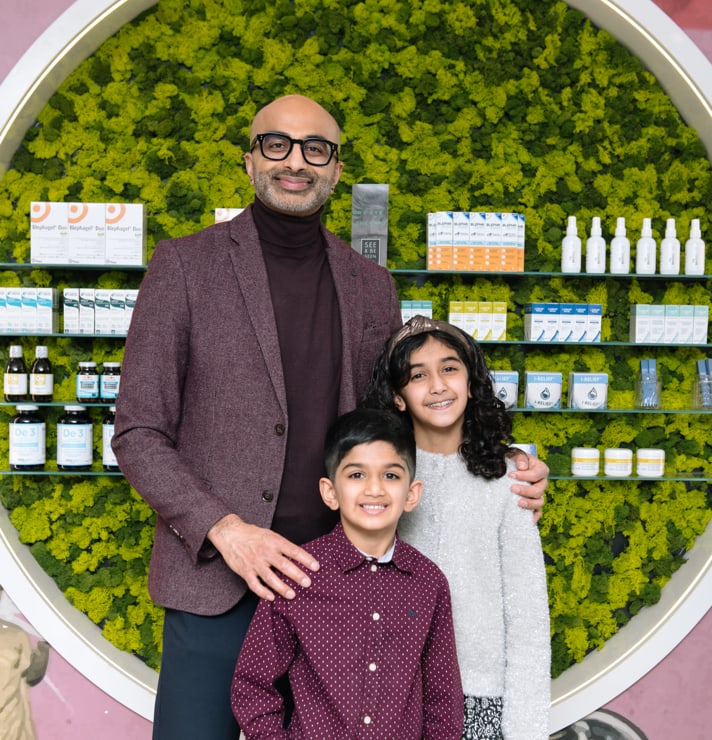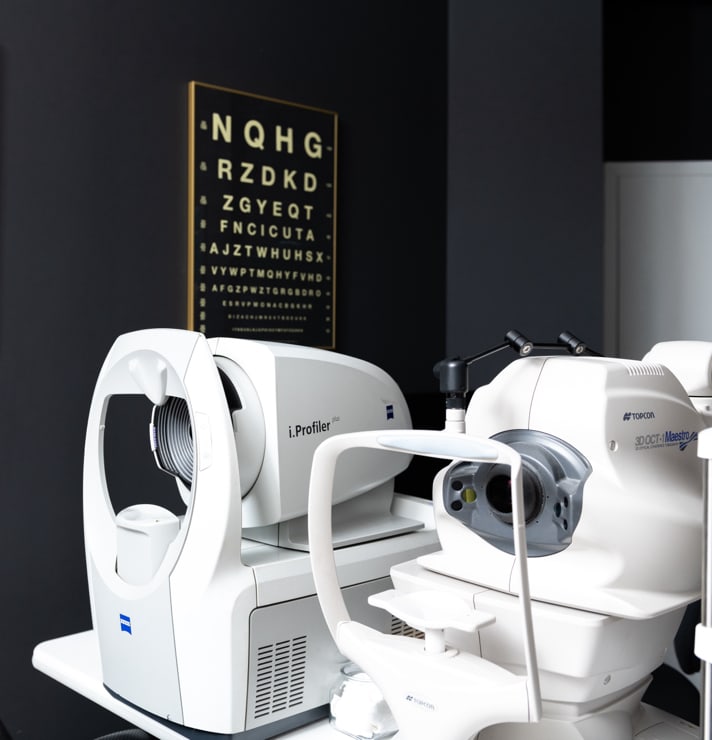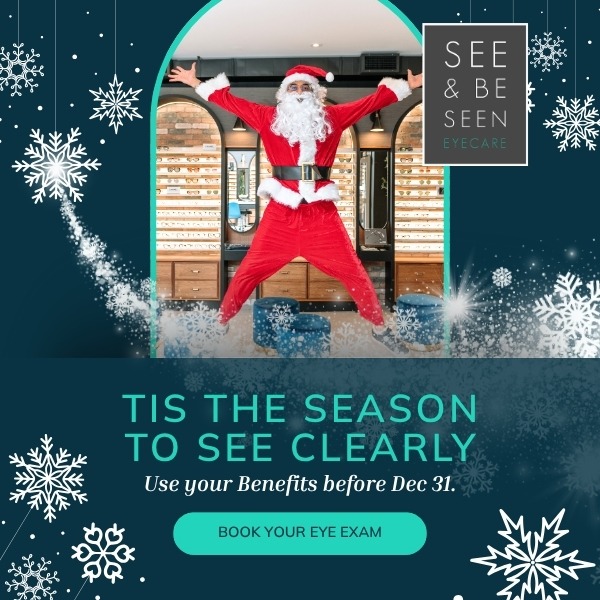Are your eyes dry, itchy, or flaky? These symptoms could be a sign that you are experiencing dry eye disease.
Dry eye disease is common in Canada, affecting roughly 21% of the Ontarian population alone. This eye condition not only causes uncomfortable symptoms but can affect your ability to carry out everyday tasks. Luckily, dry eye therapy can help manage your symptoms and get your eyes back to their healthy state.
Are dry eyes getting in the way of living your everyday life? The only way to find an effective treatment for your dry eyes is to see what’s causing your symptoms. So book an appointment with your eye doctor today to get diagnosed with dry eye disease today!
What is Dry Eye?
Dry eye disease is a common eye condition that happens when there is an issue with any one of the three components of your tears. For example, if there is an issue with the oily, aqueous, or mucous layer in your tears, you may experience two different types of dry eye disease.
What are the 2 Types of Dry Eye Disease?
Depending on which type of dry eye disease you have, your eye doctor can recommend dry eye therapies to manage your symptoms and get your eyes back to seeing and functioning correctly.
The two types of dry eye disease include:
Evaporative Dry Eye (EDE)
EDE is the most common type of dry eye disease. This type of dry eye occurs when there is an issue with the oily layer in your tears. If you lack the proper amount of oil, your tears can evaporate too quickly, drying out your eyes.
Aqueous Tear Deficiency (ATD)
The second type of dry eye disease occurs when your eyes aren’t producing enough tears to keep the eye moist. If you suffer from ATD-related dry eye, your eyes lack the aqueous layer in your tears, which can lead to irritating symptoms.
What are the Symptoms of Dry Eye Disease?
If you are suffering from dry eye disease, you may notice any of the following symptoms:
- A burning or scratchy sensation in your eyes
- Stringy mucus in or around your eyes
- Irritated or overly-watery eyes
- Sensitivity to light or photophobia
- Eye redness, blurred vision, or eye fatigue
- A sensation of having something in your eyes
- Difficulty wearing contact lenses
If you are experiencing any of these symptoms, you must be properly diagnosed by your eye doctor. Book an appointment to receive a dry eye disease diagnosis and get the dry eye therapy you need.
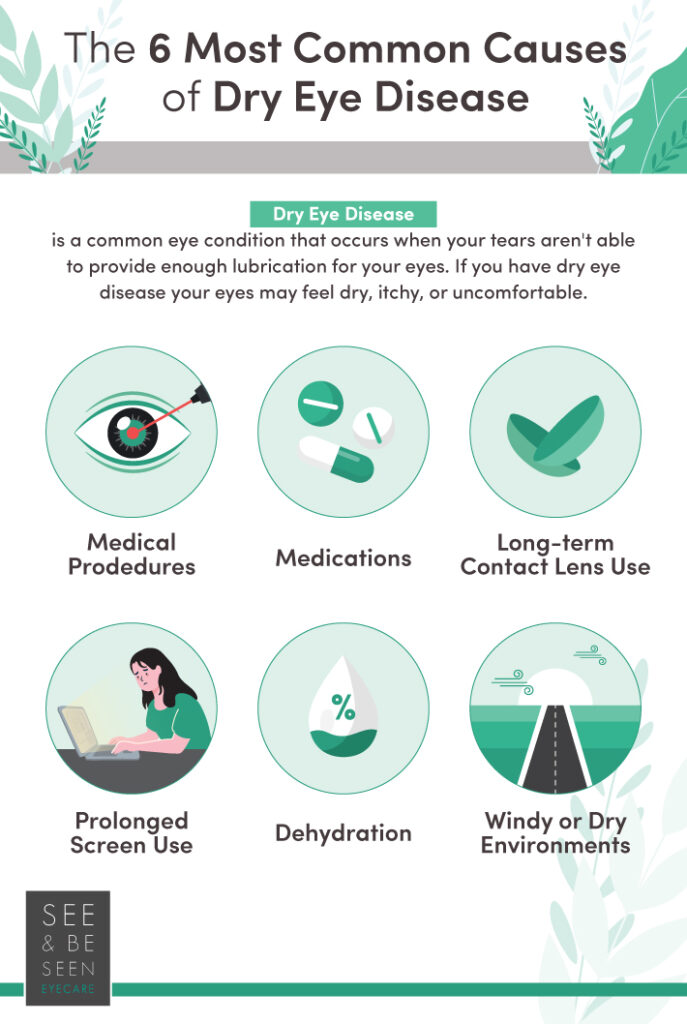
What Causes Dry Eye?
If you have dry eyes but don’t know what’s causing them, how are you supposed to treat them?
Before you can find a treatment to manage your symptoms, it’s essential to understand why your eyes are so dry. Here are the top reasons your eyes may be dry:
Medical Procedures
Medical procedures, such as laser eye surgery can cause temporary side effects that affect the moisture levels in your eyes.
Medications
Certain medications, such as antihistamines or antidepressants, have also been found to cause dry eyes.
Long-Term Contact Lens Wear
Dry eyes are a common side effect among people who wear contact lenses long-term.
Screen Use
Screen use can cause evaporative EDE. People who spend a long time looking at a screen tend to blink less, which can cause your tears to evaporate at a faster rate.
Dehydration
The aqueous layer in your tears is composed mainly of water, so it’s no surprise that if you’re dehydrated, your eyes won’t have the proper lubrication to keep them functioning and comfortable.
Windy or Dry Environments
If you spend a lot of time in a windy or dry environment, your tears may stop functioning correctly. Dry eye disease is common in people who spend a lot of time in these environments.
How is Dry Eye Disease Treated?
At See & Be Seen Eyecare, we take dry eyes very seriously. We have a number of dry eye therapies to help manage your symptoms and get you back to living your life comfortably and safely.
Here are some of the ways we treat dry eye disease:
Artificial Tears
Artificial tears are a type of eye drop meant to provide moisture and relief for dry eyes. They include the same elements that your tears naturally have to help your eyes function properly.
You can get artificial tears without a prescription, but you might need to talk to your eye doctor about which brand would be best for you.
Punctal Plugs
If artificial tears or other eye drops have not relieved your dry eye symptoms, your eye doctor may recommend trying punctal plugs to alleviate your symptoms.
Punctal plugs are tiny devices, about the size of a grain of rice, that are placed in the eye’s tear ducts to stop your tears from draining from your eye. This helps keep the eye’s surface moist and comfortable.
LIPIFLOW Thermal Pulsation® System
The LipiFlow Thermal Pulsation System is an effective in-office treatment that relieves dry eye caused by meibomian gland dysfunction.
This technology uses gentle heat and pressure to remove any blockages from the meibomian glands to improve tear quality.
BLEPHEX™
BlephEx™ is another in-office treatment designed to clean the eyelids and lash line of any debris interfering with proper meibomian gland function.
The BlephEx™ process gently exfoliates the upper and lower lid to help maintain healthy tear function.
Scleral Contact Lenses
Scleral contact lenses are a type of gas permeable contact lens made for people who suffer from dry eyes. These lenses keep moisture from evaporating from the eye’s surface.
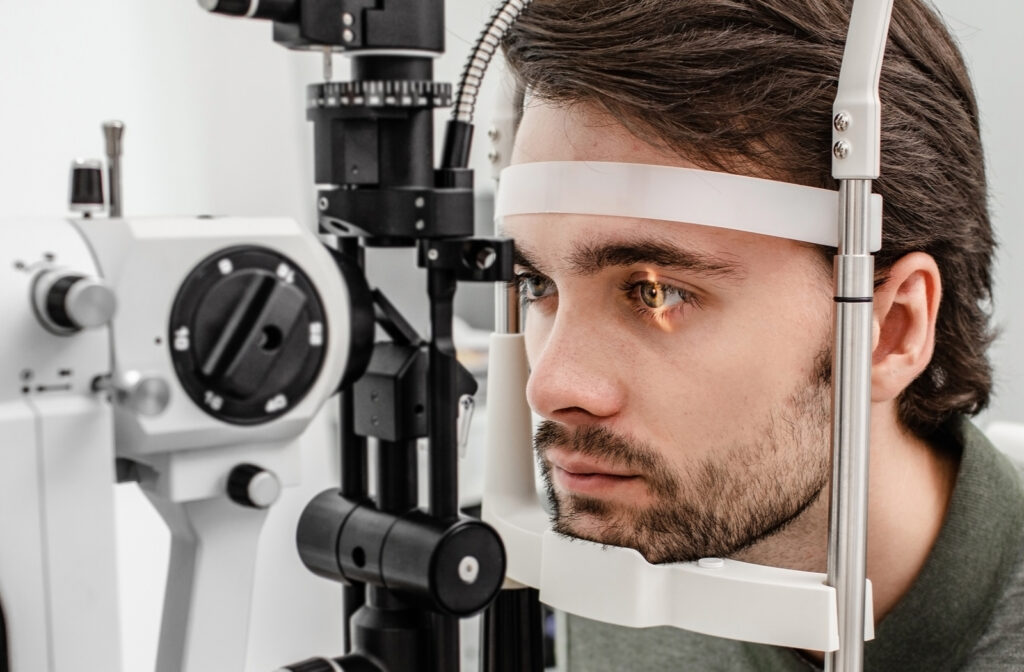
Say Goodbye to Dry Eye Symptoms Today
Don’t let dry eye disease affect your life. Book an appointment today to see what dry eye therapy can do for you!

